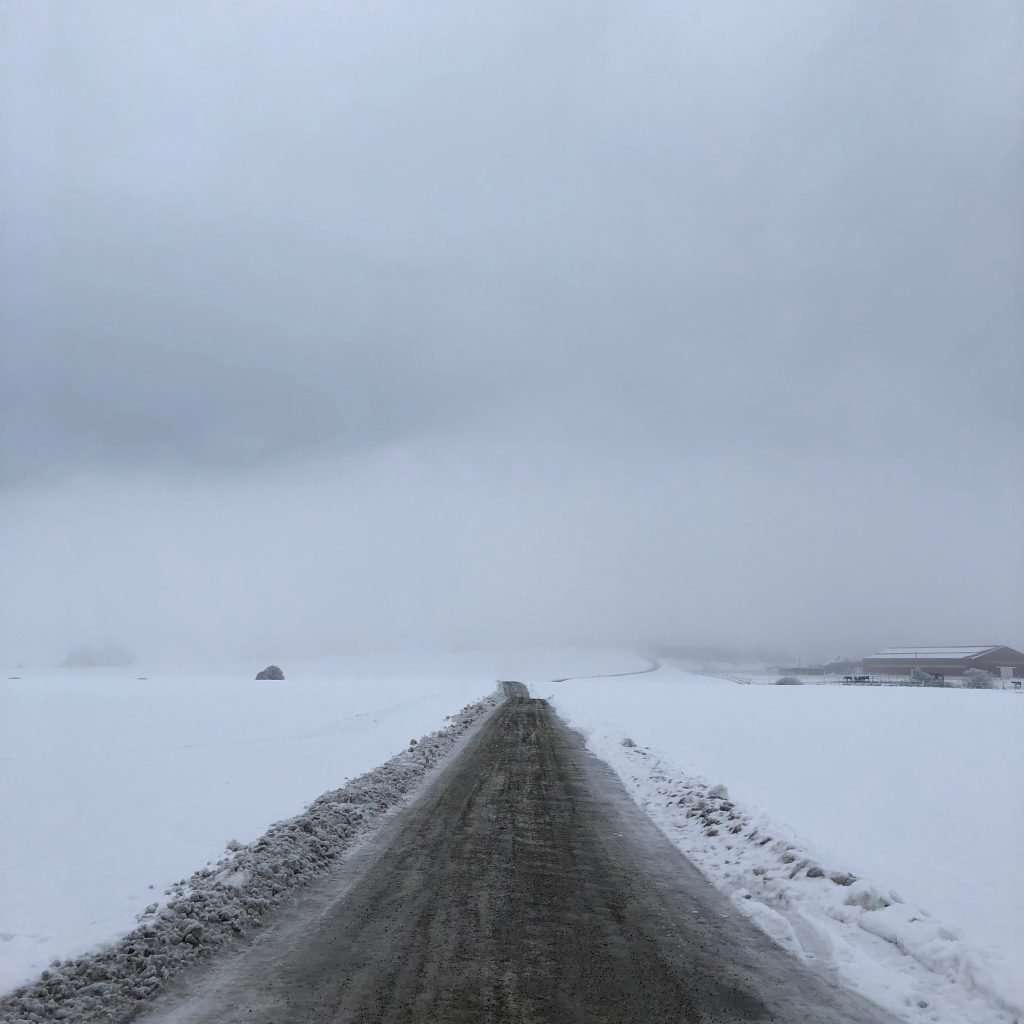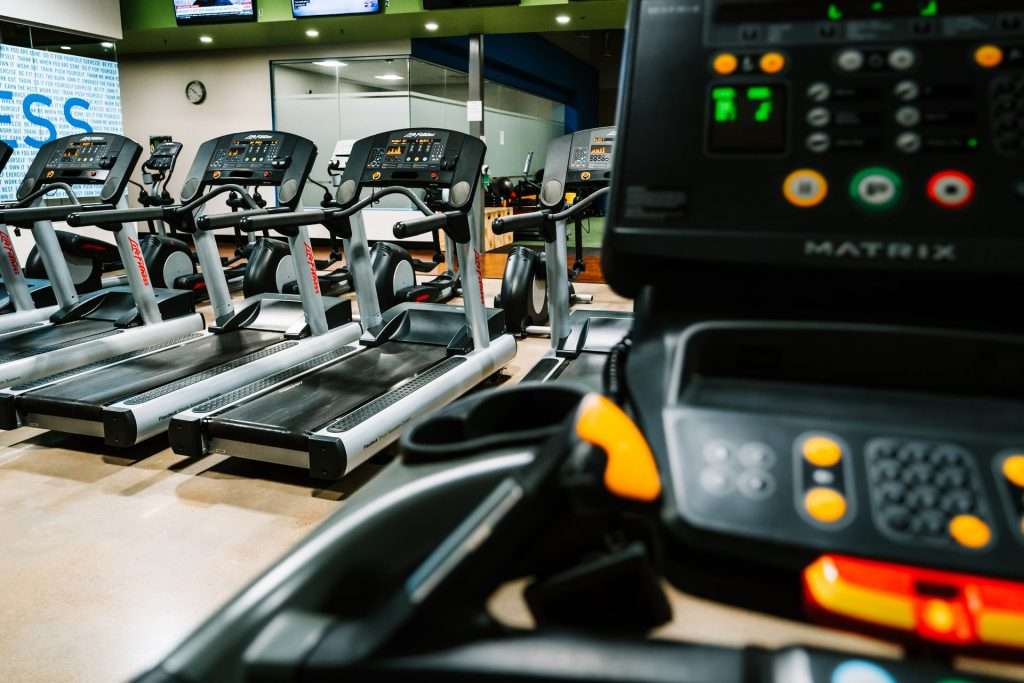Cold, wet, icy and snowy, on the surface, winter certainly seems like a season for staying inside. But winter running can be so much more than just running on the treadmill. In this article, we explore what you can do to make winter running more enjoyable.
Growing up north of the arctic circle, as I did, winter becomes a part of you. For most of my fellow Norwegians, it is a time for skiing. The alpine variety is popular, but cross country skiing is part of our collective national identity.
Running, however, is less entrenched in our culture. And particularly during the winter months, the focus among active people tends to be elsewhere. Those of us who run have to learn the tricks to keep our passion alive throughout the cold months. Here are a few I’ve picked up along the way.
Pick the Right Winter Running Clothes
There is an old Norwegian expression, so popular that it is part of our folklore. Tell one of my compatriots that the weather is terrible, and he or she will almost certainly respond with this phrase. The literal translation is:
“There is no such thing as bad weather, only bad clothes.”
Norwegian proverb
Yes, running in cold and snowy conditions can be a pain if you are out there in a singlet and split shorts. But dress appropriately, and the elements won’t stop you from enjoying your run. And when it comes to dressing for winter running, layers are king.
Make sure that you cover the basics by including the following in your wardrobe:
- A high-quality running jacket that is water and wind-resistant
- A lined winter running pant or tights
- A cap, a beanie, gloves and long socks
You don’t need several pairs of jackets with various amounts of padding. Nor do you need running pants for every wind level on Beaufort’s scale. When the conditions change, you merely adjust the number of layers you wear below your outer clothes.
I should note, however, that purchasing some quality base layers is worth it when it gets cold. Nothing beats wool as the innermost layer. Look for something that feels comfortable on your skin.
Examples of How to Layer for Running in the Winter
Here is how I usually layer up depending on the temperature. Please note, though, that if it’s pouring down or blowing a gale, I might adjust slightly.
6+ °C / 40+ °F
I know the climate is changing, but this is not winter.
5 to 0 °C / 40 to 30 °F
A weatherproof jacket over a thin, long-armed base layer. Regular running tights. I’m a bit of a sissy, so I like to wear a headband and some thin gloves even in this range.
-1 to -5 °C / 30 to 22 °F
In these conditions, I opt for a thicker, woollen base layer, and switch out my regular tights for lined tights. I also wear a beanie and some slightly lined gloves.
-6 to -10 °C / 21 to 14 °F
Now we’re talking. At the sharp end of this range, I will consider adding another base layer to my torso and opt for some thicker gloves.
-11 to -20 °C / 12 to -5 °F
Once we creep into this range, I will add a base layer beneath my tights. If the wind is significant, I will even swap my tights for a pair of pants with a wind-resistant front. Warmer gloves and headgear is a must towards the cold end of the range.
-21°C / -6°F and colder
Now it is getting cold enough that you should consider covering up your face entirely. A balaclava suitable for running is a good option. Mittens above gloves, or even lobster mittens, can keep your hands warm even in conditions like these.
It is important to note that all runners are different. The above is how I generally dress according to temperature, but you must find what works for you through trial and error. Generally speaking, it is fine to start your run a bit chilly. You will warm up before long, as long as you’ve not misjudged the conditions entirely.
What About Winter Running Shoes?
I use my regular trainers on most winter days. With thicker socks, I don’t experience cold feet. If you do, there are decent options out there designed to keep your feet warm. The winter edition of the popular Peregrine trail shoe from Saucony, the Peregrine Ice+, is one that I have experience with and can recommend.

In icy conditions, however, microspikes or Yaktrax are essential to keep a firm footing. Several brands produce running shoes with microspikes. Among the most popular ones are Asics, Icebug and VJ. The different options will vary in characteristics, so decide what’s important to you, and do some research before making a choice.
Monitor Your Effort and Forget Your Pace
Challenging conditions means slower paces at similar effort levels. Runners have to embrace this fact during the hot, summer months. Cold, dark winter days are no different.
Winter running will generally involve slippery and uneven surfaces. As a result, you will alter your gait and recruit new muscles and load different tendons compared to flat surface running. All of this can lead to an improved stride, according to physician Megan Roche. Speaking to Podium Runner, she says:
“One thing running on snow or ice reinforces is a high turn over rate and a bit more mindfulness of where your feet are hitting the ground. And those two things combine to a reduced injury risk.”
Megan Roche
In these conditions, trying to match the pace you trained at during autumn is folly. Instead, opt to keep an eye on your effort level to make sure that you are hitting the right intensity. Remember, each session should have a purpose, and intensity management is key to working the right system.
>> Related reading: An Introduction to Running Training Intensity
Beware of the Extra Load
The flip side of winter conditions serving as an extra training stimulus is a significantly increased injury risk. I know several runners who attribute their only injury experiences to too much running on snow and ice.
As mentioned, running in these conditions involves loading muscles and tendons in a new and unfamiliar way. A new stimulus like this means that the body has to adapt in new ways. The result is that you may not be able to handle similar volume as under normal conditions before you run into trouble.
Former European Record holder in the marathon, Sondre Nordstad Moen, is very aware of this risk. When he still lived and trained in Norway, he did 85-90% of his quality running on the treadmill during winter. Talking to the podcast I det lange løp, he explained why:
“… you often unconsciously tense up when running (on slippery surfaces), and over time it can lead to pain and niggles from overloading the wrong muscles.”
Sondre Nordstad Moen
Even carefully tracking intensity and balancing your overall load with the help of a heart rate monitor won’t help. As the increased injury risk is a result of loading new muscles, the cardiovascular training load is not a useful indicator.
Instead, be mindful of your body’s signals. Err on the side of caution in terms of mileage and time on your feet as you get started with winter running. Remember that the training volume you handled with ease during summer and fall is not necessarily representative of what you can adapt to on snow and ice.
There Is No Shame in Using a Treadmill
Winter running has its benefits. However, for the reasons mentioned above, the treadmill is a useful tool throughout winter. Particularly for high volume runners, it makes sense to alternate between running outside and inside on the treadmill.
By combining the two, you can reap the added benefits of winter running without assuming too high of an injury risk. All while maintaining a high training volume. And you get to run in shorts and feel fast again from time to time, too.

The traditional approach is to do quality sessions on the treadmill while sticking to easy runs outside. Maintaining proper form, which is crucial during faster running, can be difficult on snow and ice. Similarly, the risk of injuring yourself because of challenging winter conditions is significantly higher when running fast.
A good rule of thumb can be to do at least half of your mileage, including all quality workouts, on the treadmill for the first month or two of winter. As your body gradually adapts to the new load posed by running on snow and ice, you can increase the portion of outside running. However, for faster workouts, the treadmill is the safest option throughout the entire winter season.
A Summary of How to Make Winter Running More Enjoyable
Dress appropriately, make sure to monitor your training load carefully and utilise a treadmill to avoid overload injuries. Following these guidelines will make your experiences of running through winter all the more enjoyable — and ensure that you greet spring fit and ready to take on new race challenges.
And, in closing, I want to mention that some of my most enjoyable running experiences have been during winter. Crisp air, scenic white landscapes and soft, but hardpacked snow makes for fantastic running conditions. If you’re still on the fence about running outside during winter, give it a go. You won’t regret it!
Like this?
Let me know by sending me an email at lc@run161.com.
